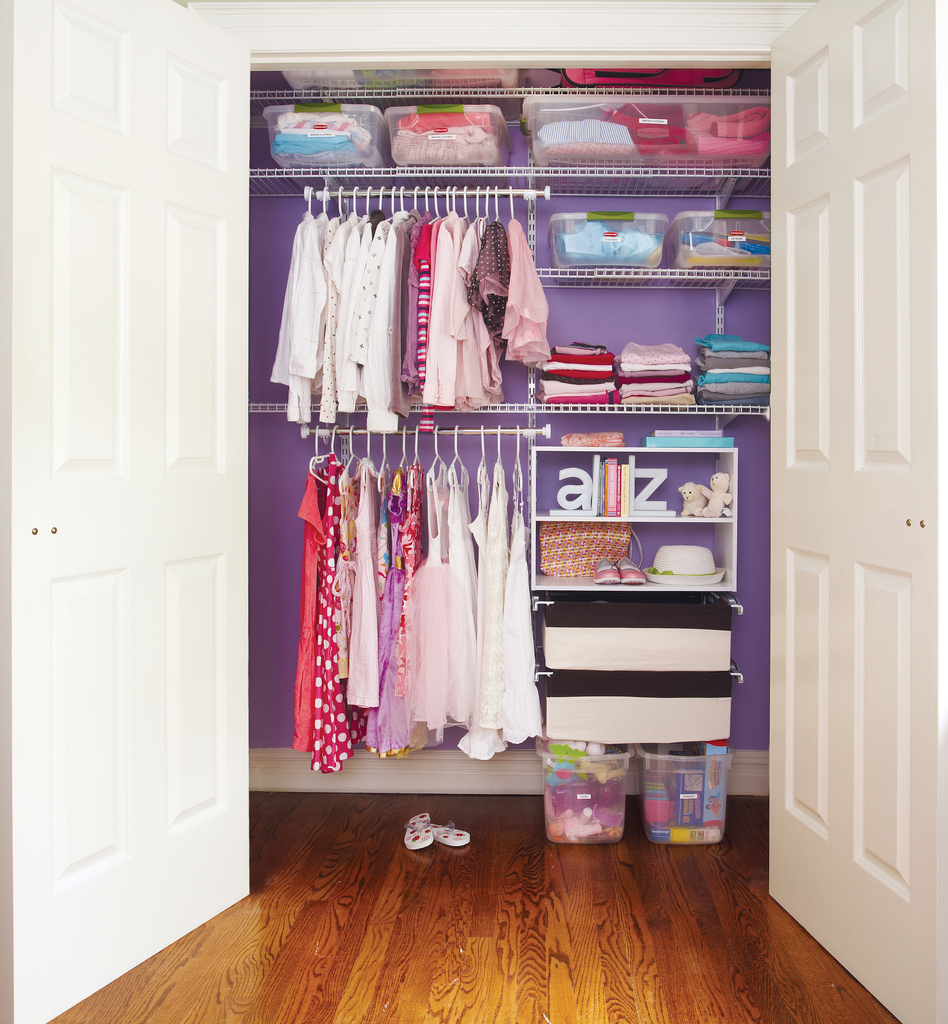7 Simple Ways To Allergy-Proof Your Home

If you have horrible allergies, sometimes staying at home in an effort to escape the pollen-drenched, dander-laden, overly-scented outdoors doesn’t actually help you escape your allergies.
You are like an anti-dust warrior while you’re home, but no matter how much you clean or deodorize, you can’t stop your pesky allergy foes from overtaking you.
If you suffer from the sniffles, here are some simple tips and tricks to allergy-proof your home:
1. Focus Your Cleaning Efforts On Your Bedroom
John Saryan, a doctor and chairman of Allergy and Immunology at Lahey Hospital and Medical Center in Burlington, Massachusetts, told Real Simple that the key to improving your allergies is by making sure your bedroom is protected against dust and other allergy-causing agents.
For example, Saryan said you should keep your bedroom windows closed at all times. A nice breeze might feel nice, but pollen that blows in through the windows can get stuck in your bedding and you’ll breathe it in while you sleep, making allergies inescapable.
Second, if you suffer from allergies, Saryan said you shouldn’t have a rug in your room, and you should minimize other things that can hold dust or pet dander. “You want the bedroom to be as sparse as possible,” Saryan told Real Simple.
Also, he said it’s important to wash your bed sheets in hot water weekly, and wash your other bedding — comforter, blankets, duvet cover — biweekly. “Patients who practice these minimizing and cleaning tips can feel allergy symptom relief in a few days,” Saryan told Real Simple.


2. Monitor Your Central Air In The Living Room
Running your air conditioner in your living room helps reduce the humidity and thus moderates dust mites.
Make sure you change the conditioner’s filters monthly and, if you have central air, have the system serviced according to whatever the user manual suggests.
If you do open windows often, make sure you wipe down the windows, window sills ans surrounding furniture to prevent pollen from settling in and causing problems later.


3. Vacuum Carpets Regularly Or Consider Hardwood Flooring
Real Simple suggests using a vacuum with a HEPA filter, which won’t stir up dust clouds as you’re vacuuming floors or carpet.
Dr. Travis A. Miller, medical director at the Allergy Station at Sacramento Ear, Nose and Throat in Roseville, California, told Real Simple that you might want to consider nixing carpet altogether if your allergies are really severe.
“Hard flooring in the home will have some benefit for indoor allergy sufferers because it’s easier to collect pet dander and reduce dust,” Miller said.
If you do have carpet, though, Miller said you should vacuum it a few times a week, especially if you have pets. Then, you should move your furniture around once per season so that you can vacuum under it and thwart those pesky allergens in hiding.


4. Clean Under Your Sink
Most of us are used to scrubbing in and around the sink after cleaning, but the area under the sink can harbor mold and bacteria that we usually forget about.
Miller said that cleaning this area about once per season will help reduce allergen exposure. But beware of especially harsh, volatile cleaners, which can irritate your airways and then make allergies worse.
Once you’ve finished cleaning an area, let it ventilate for at least half an hour.


5. Clear Out Your Closet
Keeping old clothes that you never wear is like giving ammunition to your allergen foe.
Try to throw out old clothes that are gathering dust and dander, and clean the floors of old pollen your shoes tracked in.
Miller said it’s important to wear a dust mask while you’re tackling this task. Try to launder all items — like winter coats — before putting them into storage.


6. Reduce Moisture In The Bathroom And Laundry Room
After showering, Real Simple suggests running the fan for three to five minutes to reduce moisture, which can fuel mold growth. Always try to wipe down wet surfaces and don’t let mold live in the shower for too long.
If you see mold on the walls, then there could be a leak and you might need to contact a professional.
The laundry room can also harbor a lot of moisture, so consider putting in a ventilation fan or just a small box fan to help reduce moisture in the area. Also clean the room regularly to reduce linen dust, which can build up from using the dryer.


7. Clean Attics And Basements Regularly
I know, this is a tall order to fill, but it needs to be done if you really want to allergy-proof your home. But both Saryan and Miller stressed the importance of wearing a proper dust mask and gloves before tackling a project of this size.
If you think there’s any mold in your basement or attic, then it’s best to leave that problem to a professional.


Photo by Rubbermaid Products
[h/t: Real Simple]





